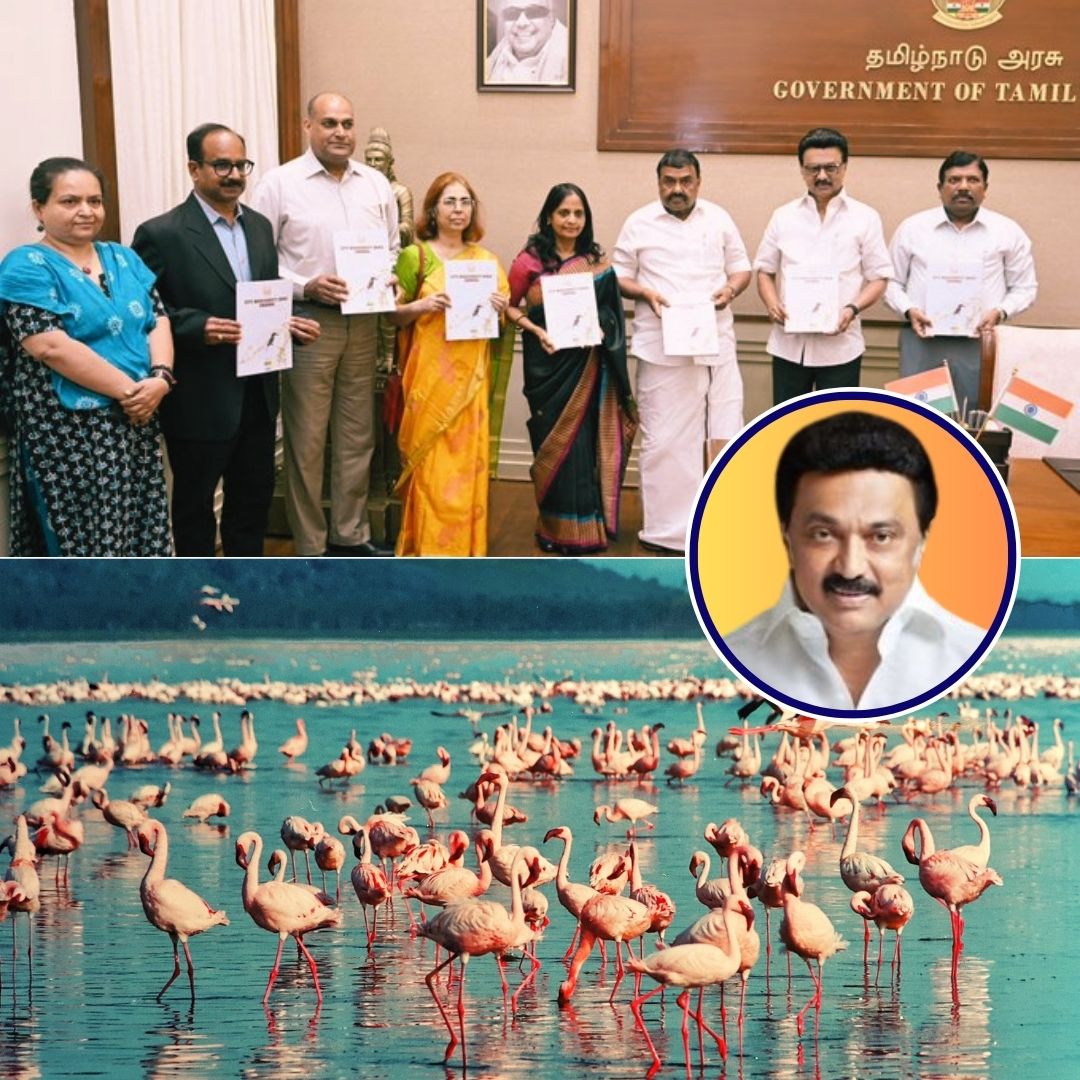On August 25, 2025, Tamil Nadu Chief Minister M.K. Stalin released Chennai’s first City Biodiversity Index (CBI), marking a milestone for urban conservation in the state.
The index reveals that over 20% of Chennai’s landscape remains natural ecosystems, including forests, wetlands, and beaches, supporting rich native biodiversity such as 90 bird species found even in built-up areas due to the city’s location on a major migratory route. Despite these ecological assets, the report highlights significant governance gaps and urban pressures threatening biodiversity.
The government plans to extend this model to five more Tamil Nadu cities and has launched initiatives aimed at integrating biodiversity into urban planning, restoring ecosystems, and enhancing climate resilience through programs like the Tamil Nadu Wetlands Mission and Green Tamil Nadu Mission.
A Comprehensive Biodiversity Snapshot
The Chennai City Biodiversity Index is based on 23 globally recognized indicators measuring native biodiversity, ecosystem services, and governance mechanisms. For its baseline year of 2024, Chennai scored 38 out of a possible 72 points, reflecting both ecological resilience and room for improvement.
The index highlights that 20.12% of the city’s landscape is covered by natural areas, forests, wetlands, marshes, rivers, and beaches, providing crucial habitats for flora and fauna. Key ecological sites like Guindy National Park, Pallikaranai Marsh (a Ramsar site), and the dry evergreen forest patch on the IIT Madras campus play irreplaceable roles as urban green lungs.
The report also records 90 bird species thriving in built environments, benefiting from Chennai’s position on the Central Asian Flyway migratory path. However, challenges exist: only 5.02% of the city is under protected area status, there are 72 identified invasive species degrading local ecosystems, and permeable surfaces are limited to 62.8%, impacting water regulation.
Furthermore, green cover is just over 18%, and there is no Local Biodiversity Strategy and Action Plan (LBSAP), a crucial framework for long-term planning.
Urbanisation and the Need for Integrated Governance
Chennai’s rapid urban development has encroached upon and fragmented vital ecosystems, increasing risks of biodiversity loss and environmental degradation. The index’s creation was a collaborative effort involving ICLEI South Asia, Greater Chennai Corporation, and state departments, aiming to embed biodiversity considerations into the urban planning process.
Chairing the release, Chief Minister Stalin underlined the significance of this tool in shaping sustainable city growth while protecting natural assets. Officials like Supriya Sahu, additional chief secretary of the Environment, Forests and Climate Change Department, have spoken about training city officers to use the index for informed decision-making.
Despite its strengths, the index also draws attention to persistent threats such as heavy metal pollution and microplastic contamination in Pallikaranai Marsh due to nearby waste dumping and pressures on wetlands and water bodies exacerbating flood risks. The Tamil Nadu government’s commitments under the Green Tamil Nadu and Wetlands Missions reflect an intention to counter these challenges and promote climate resilience through nature-based solutions.
The Logical Indian’s Perspective
The Chennai Biodiversity Index launch is a vital reminder that urban areas, often overlooked as biodiversity reservoirs, play an essential role in conservation and climate adaptation. The Logical Indian advocates for a governance approach that is transparent, participatory, and grounded in ecological sensitivity to foster coexistence between people and nature.
Preservation of biodiversity is integral not only for ecological balance but for human well-being, supporting cleaner air, water, and livable urban temperatures. It is encouraging that Chennai is pioneering this movement in Tamil Nadu, setting a benchmark for other cities to follow.
சுற்றுச்சூழல், காலநிலை மாற்றம் மற்றும் வனத்துறை சார்பில், தமிழ்நாட்டின் உயிரியல் பல்வகை பாதுகாப்பு முயற்சிகளை வலுப்படுத்தும் வகையில் சென்னை மாநகரின் உயிரியல் பல்வகை குறியீட்டை (CITY BIODIVERSITY INDEX-CHENNAI) மாண்புமிகு முதலமைச்சர் @mkstalin அவர்கள் வெளியிட்டார். pic.twitter.com/YopZdBwf9n
— CMOTamilNadu (@CMOTamilnadu) August 25, 2025












